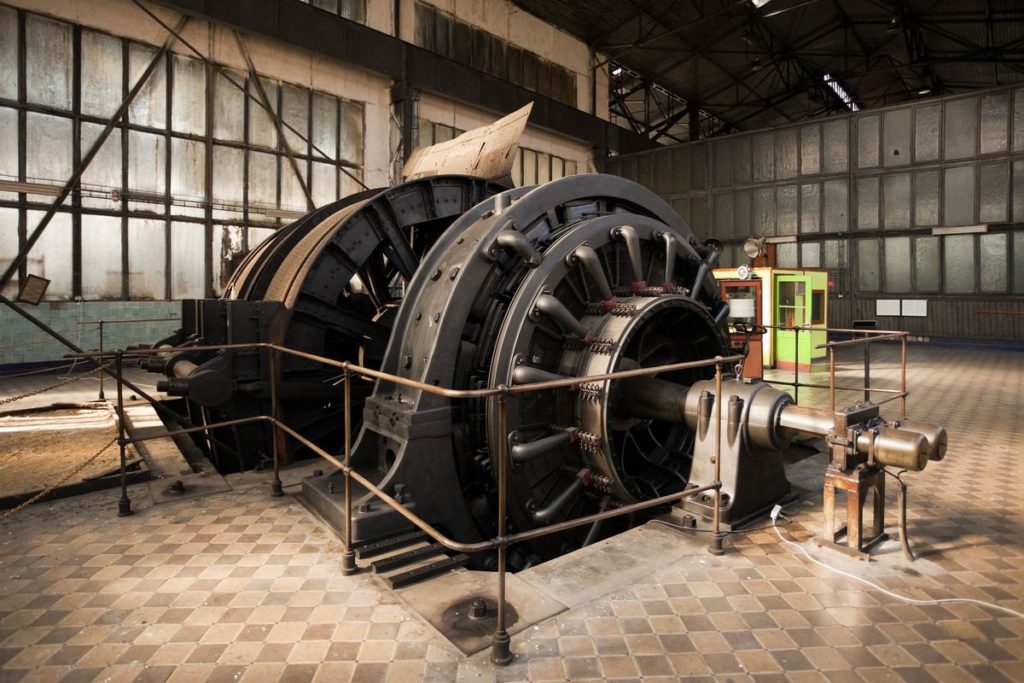Preserved in its original authenticity, this mining complex is the only National Heritage Sight found in the Ostrava City. The circuit for visitors includes a visit to the chain changing rooms, bathrooms, dispatching and mainly the engine room with its original layout and all technology, which was fully functional until 1994, the year that mining operation was terminated. The exposition is supposed to look like the last working day of a miner, according to its initiators and creators. The history of the Michal Mine dates back to 1843, when the Austrian Monarchy began digging two mine pits in the Michalkovice Town near the Ostrava City. One of them was the Michalkovice pit no. 3 renamed to Michal pit after the court counsellor Michael Laier. It symbolises extremely valuable authentic industrial sites from a constructional and technical point of view. The restoration finished in 1915, according to the design of an architect Frantisek Fiala, had a significant influence on the appearance of the mine. The areas of the main building are often used for exhibitions, theatre performances and other cultural and social events. The whole exhibition of the mining museum is located in the adits of the seam of an actual historical mine called Anselm. The start of the tour is a great experience in itself, when you travel down a mine shaft in a mine cage from the historical building to the mine seams. Although it is only a few metres down (Michal Mine is nearly 1969feet deep), you can try out for yourself how miners felt travelling down into the mine every day to do their work. From among the many fascinating displays, you will certainly be mesmerized by the mine rescue exposition. You will learn about the high risk work and modern technology, thanks to which the rescue workers are able to move about in a location which is frequently more dangerous than the depths of the sea or outer space. The mine is currently a national cultural monument, which thanks to its uniqueness, has a chance to be submitted in the list of the UNESCO World Heritage.
For more information about the Moravian-Silesian Region where this place is located click here.

NOTE: Many features on this website require JavaScript. You can enable JavaScript via your browser's preference settings.